What Is Growth DeFi (XGRO)?
Growth DeFi is the core token of the ecosystem, it has governance rights over Growth DeFi’s ecosystem, is deflationary, and partial revenue from all Growth DeFi products is allocated to GRO token holders. GRO can be staked on wheat.growthdefi.com to farm WHEAT. They provides an advanced suite of products to blockchain protocols and investors, helping to increase their capital efficiency.
| Coin Basic | Information |
|---|---|
| Coin Name | Growth DeFi |
| Short Name | XGRO |
| Total Supply | 1,000,000 |
| Max Supply | 1,000,000 |
| Source Code | Click Here To View Source Code |
| Explorers | Click Here To View Explorers |
| Twitter Page | Click Here To Visit Twitter Group |
| Whitepaper | Click Here To View |
| Support | 24/7 |
| Official Project Website | Click Here To Visit Project Website |
MOR
MOR is a suite of products that provides:
- An overcollaterized stablecoin
- Borrowing against LP tokens and single assets
- Leveraged LP Positions
- Locking GRO to earn token rewards
- Self-repaying loans
MOR will also be launching derivatives, options, calls and puts, and levered yield indexes in the near future.
GRO Token
All products built in the Growth Defi ecosystem have revenue directed towards GRO holders. GRO is not only defiationary, but is used for governance of the DAO, and can also be locked as veGRO to boost user rewards in MOR application.
GRO
GRO is the governance token of the ecosystem. MOR’s system surplus buybacks and burns GRO.
WHEAT
Wheat is the incentive token of the ecosystem. Buyback and burn mechanics are implemented through performance fees on stkTokens in combination with fee collectors.
gROOT
gROOT is the index token of the ecosystem. It uses the ecosystem’s products (as well as other BSC DeFi platforms) to generate yield. Extremely low supply. All of the above products and tokens are explained in detail in this documentation.
MOR Vaults
There are two ways users can mint MOR:
- 1.Through the Peg-Stability Module, minting MOR with BUSD at a fixed rate.
- 2.Creating a MOR Vault and depositing collateral into it.
There are a few key parameters to each vault that you need to get familiar with and they are specific to each collateral:
Note: the definition of “ilk” is a collateral type (part of Maker’s Glossary).
Debt Ceiling
This is the maximum amount of MOR that can be minted by all users with an ilk. This parameter allows the protocol to limit the desired maximum exposure to an ilk. Having too much concentration in a single ilk can be risky due to concentration.
Stability Fee
The stability fee is paid continuously on the outstanding MOR debt balance of the user; it can only be changed by the Growth DeFi DAO through executive governance votes. How high or low the stability fee is depends on several factors including:
A. Market conditions
This is due to fluctuations in demand for leverage: bull markets have higher stability fees, whereas bear markets have lower stability fees.
B. Ilk type
Riskier collaterals are likely to have higher stability fees.
C. Minimum Collateralization Ratio/Liquidation Ratio
Lower minimum collateralization ratios are inherently riskier and are likely to have higher stability fees. This stability fee difference would apply if there are two vaults with the same ilk but different minimum collateralization ratios.
D. Yield
Most ilks are stkTokens which earn yield through protocols like ApeSwap and PancakeSwap. The higher the yield of an ilk, the higher stability fee the user is willing to pay.
Security
MOR is counted among the ranks of some of DeFi’s most secure and trusted protocols. MOR’s collateral structure has been audited by the team behind MetaMask—top-tier firm ConsenSys Diligence—who also audited major projects such as AAVE, Uniswap, 1inch, and more.
Why Invest with Growth DeFi?
They have created secure, sustainable DeFi platforms and products that maximize user yields. This includes single-asset staking, incentivized liquidity provision, and an innovative lending/borrowing platform that allows users to leverage yield-earning tokens.
Experience
They have developed a wide range of DeFi products for a variety of blockchains, including IOST, Ethereum, Binance Smart Chain, and Avalanche.
Blockchain Agnostic
They bring new products and strategies to ecosystem as the DeFi world changes. Our platform is flexible and adaptable, which means we can follow optimal opportunities—regardless of the platform or chain.
Secure Contracts
Security is the top priority. The V1 strategy contracts have been audited by top-tier firm ConsenSys Diligence. They also use tried and field-tested contracts that have proven over time to be secure. These contracts are publicly available for review.


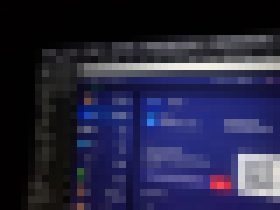


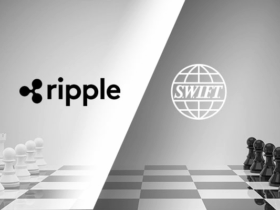
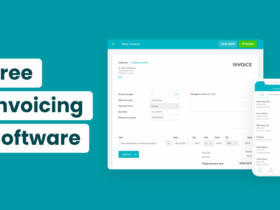
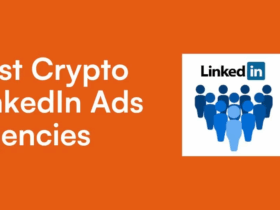




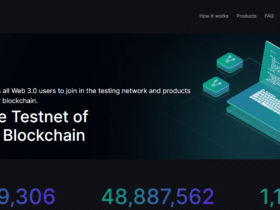

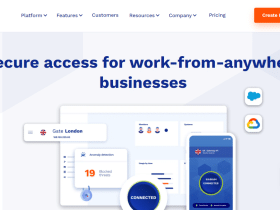
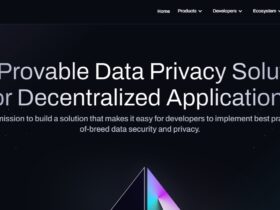

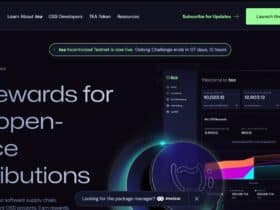



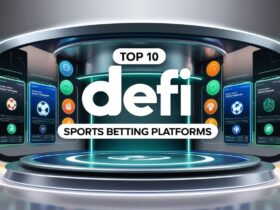










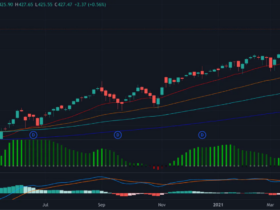

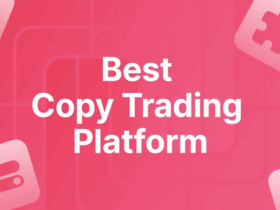
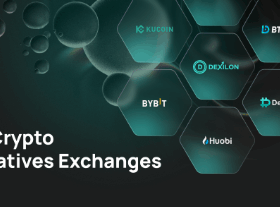
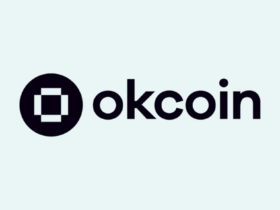
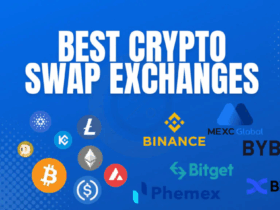
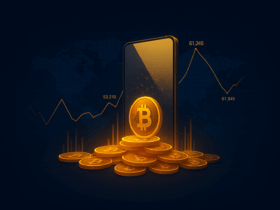
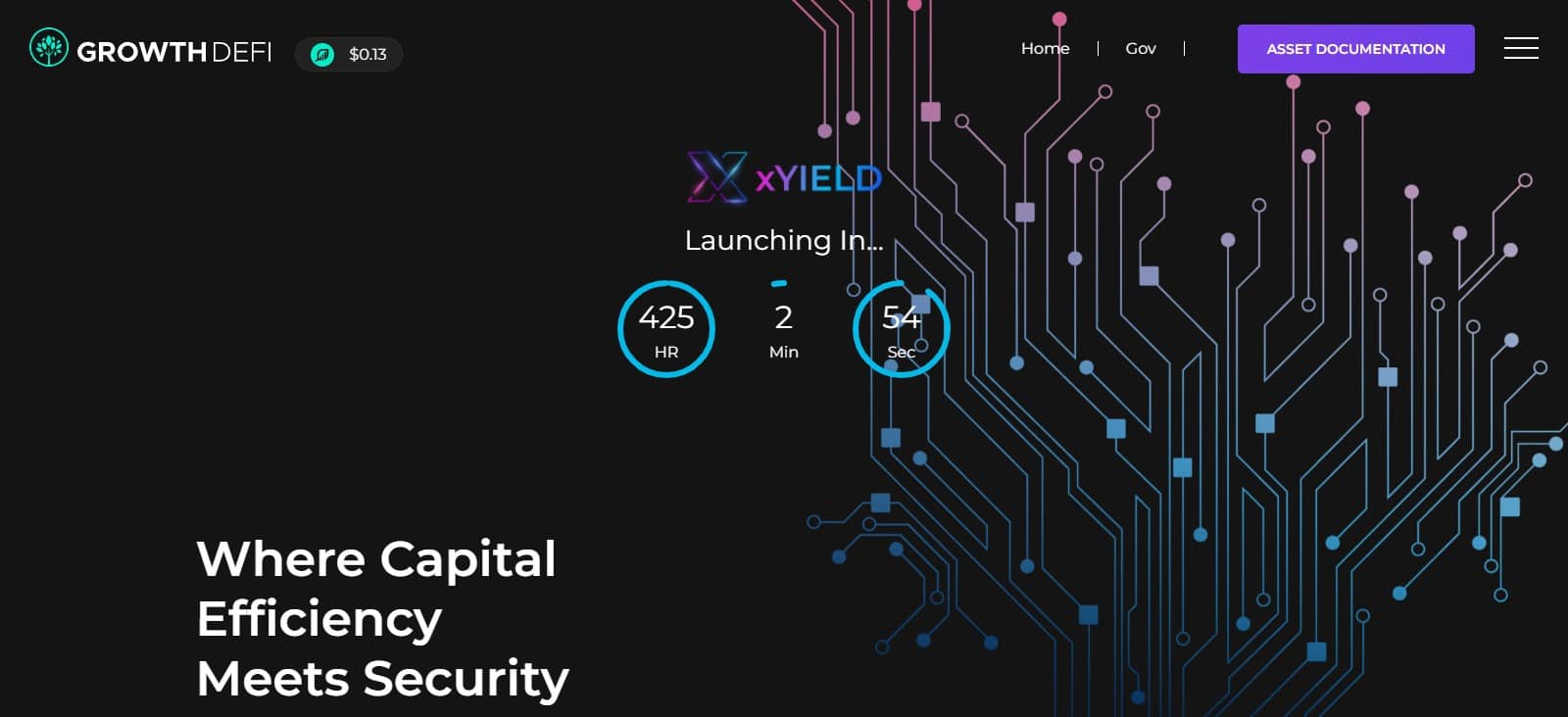


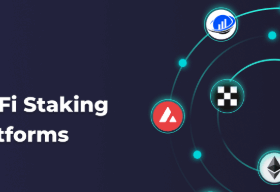

Leave a Reply